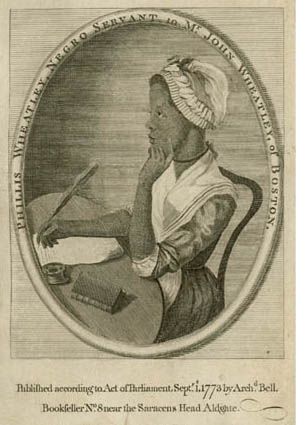By Elaine Grublin
It looks like 2009 was a busy year in the MHS library. We previously reported that this past July was the busiest month on recent record in our reading room. The trend continued through most of the calendar year. All told we had over 1,450 researchers visit the library over the course of the year, for a total of 2,851 daily uses. We had over 740 first time visitors this year, a good indication that both our website and our public and educational programs are reaching out to new users. It is also a good indicator that people are still interested in using libraries.
In addition to the people that visited the library in person, our reference staff engaged in over 1,500 email correspondences with researchers seeking assistance, answered 62 posted letters, and fielded over 1,100 reference-related phone calls.
In servicing our researchers the staff made over 13,000 photocopies of MHS documents, and paged over 5,600 call slips. Because researchers can request multiple volumes and/or boxes from manuscript collections on a single call slip, it is difficult to gauge just how many individual items were retrieved and returned to the stacks, but I would wager it is a safe bet to say that it was well over 10,000 items.
You may be wondering where all those researchers come from. Given the size and scope of our collection is it not surprising that researchers come from near and far to visit the MHS reading room.
Local visitors, (individuals with Massachusetts addresses), make up about 44% of our researcher population. A person in Pittsfield, MA may argue that he is less of a local than a resident of Providence, RI or Portsmouth, NH, so that number may be a bit of an unfair representation of the ‘local’ population. It would be interesting to see what percentage of our Massachusetts visitors are from the greater Boston area. Perhaps we will track that data in 2010.
The largest percentage of our researcher population, about 50%, is comprised of United States residents living outside of Massachusetts. In 2009 the MHS reading room was visited by individuals traveling from 44 of the 50 states, plus researchers from both Washington, D.C. and Puerto Rico. The only states not represented by researchers visiting the library this year were Hawaii, Louisiana, Mississippi, Nevada, North Dakota, and West Virginia. Incidentally, West Virginia is the only state in the nation not represented in our current researcher database. This means that we have not had a visitor to our library from West Virginia in the 21st century (the new database was started in 1999). If you know of any West Virginian historians, please send them our way!
Our researchers do reach well beyond the borders of the United States, though. In 2009 we had visitors from more than 12 foreign nations, including Portugal, Japan, Croatia, Poland, Israel, Australia, Ireland, and Russia. The majority of our international visitors are from the nations of the United Kingdom and Canada, a trend that continues from year to year. It is also interesting to note, although not at all surprising, that our international visitors tend to visit the reading room on multiple consecutive days, more so than researchers from the United States.
Hopefully 2010 will prove to be an even bigger year for the library staff and our researchers, and with any luck at all we’ll add a West Virginian to our reader database!


 Part of our new website design (well not so new anymore, I can’t believe it
Part of our new website design (well not so new anymore, I can’t believe it  Our December
Our December  On the 150th anniversary of John Brown’s execution (2 December 1859), a reminder that you can visit our current
On the 150th anniversary of John Brown’s execution (2 December 1859), a reminder that you can visit our current